Say Hello!
Sign In
- Experts Opinion
Tips to pack your backpack for monsoon season
If you are choosing to go trekking in the months of June-August, then you?ve chosen the monsoon season. Monsoons have their own beauty, with flowers blooming, and an overcast sky and gloomy feels and lush greenery which appears brighter and more vibrant than usual. You will also feel the dampness in the air and the air will feel fresher than usual. But with the monsoon, you also need to prepare a special backpack, so that you and your gear are prepared to beat the drops.
There are concerns regarding heavier backpacks due to the extra gear and clothes you carry when preparing for a monsoon trek, but it is all about smart packing. You are supposed to eliminate the things which will not be of any use and replace them with things that you need for your survival against the mighty nature and thundering clouds.
The main idea of a specialized monsoon friendly backpack is to keep yourself and your stuff dry. Every climatic condition has its disadvantages, monsoon makes trekking beautiful and difficult, as long as there are light rains and drizzle, you will experience smoothness and consistency in your treks, but when heavy rains hit the ground, it?s a task of defying nature and one has to be prepared.
Here are some ways to prepare yourself for monsoon treks:
Use Plastic bags:
When you pack your usual stuff, it goes directly in the backpack, for monsoons, use different plastic bags for different gears. Use one for clothes, one for toiletries, one for first aid, leave nothing in the bag without a plastic bag, as some water will definitely seep in, moisture is bound to settle in, and carrying around wet gear is the last thing you want to be a problem. P.S: Carry all the plastic bags back to your cities. DO NOT, we repeat, do not throw away the plastic in the mountains!
Waterproof Tent:
Even though your tent may not allow water to seep in you will need a sturdy tent that will withstand heavy showers and strong winds. Make sure that your tent is a safe space for you to rest and you don?t have to worry about it every 10 minutes.
Carry raincoat/poncho and a waterproof cover for your bag:
Trekkers need to ensure their own safety as well. So, carrying a waterproof upper layer is helpful. A waterproof cover for your bag and yourself is super important because what's worse than a steep ascend is a steep ascend when you are soaking wet. Carry a waterproof jacket, pants, and a waterproof bag cover. A Poncho is also an alternative.
What clothes to wear:
Wear full sleeves t-shirts as they will protect you from mosquito bites, harsh sunlight, cold winds, and rain as well. In case you don?t want to cover your arms, you can rub wet mud over your body to get rid of mosquitoes.
Choose your pants wisely:
If you wear a normal cotton pant or a track pant, it will surely absorb moisture and also get heavy, thus, putting more weight on your legs. Therefore, trekking pants made of nylon or any synthetic material are advisable to wear, as they dry quickly and allow air through them. Dry
Pants are also an alternative option.
Some people may prefer foldable pants or ¾ pants to avoid even a splatter of water on their clothes which is a smart option if you are not interested to cover your body fully.
Your feet are in danger:
Your feet are prone to fungus and allergy during monsoon treks as the moisture absorbed in them don?t let your feet breathe and don?t allow air to pass freely. Your feet also get macerated (wrinkled) and waterproof boots are not of much help in this situation. Therefore, socks emerge as the most important gear, as your feet are the building blocks of your body, and walking is the most supreme action you need to trek and to move. You can also carry an anti-fungal powder/cream or a moisturizer to take care of your feet at the end of the day.
Mosquito spray:
Mosquitos are a curse which drops along with monsoon, the last thing you want is mosquitos in your tent or biting down your arms and legs, so to tackle that get a bug spray or insect repellent and you can opt for an organic option if chemicals aren?t your cup of tea, like the famous eucalyptus oil, lavender oil, etc.
Exclusive Headgear:
Some people like their face exposed and open even during rains, so to ensure proper safety for the head, wear a baseball cap to protect the forehead and eye area, for people who wear specks, either get waterproof specks or you can also get contacts for ease of travel during monsoons. It would be ideal to get a plastic cap to cover the head and eyes. Otherwise, a poncho will anyway help to cover the head.
Electronic Gear:
One cannot afford for electronics to get damaged of rain and moisture, what use is your camera for if it doesn?t survive the rain. So, take extra care while packing electronics. Make sure your plastic/waterproof bag is sealed even inside the bag so that no moisture can reach anywhere near your gadget.
Extra socks:
During monsoons, you will come across many puddles and the chances of some water seeping into your shoes are high, so having an extra sock always comes in handy. It's advisable to carry 2 extra pairs. You can change them either in the middle of the trek or when you take proper rest at the end of the day, but do not continue with one damp sock.
Wearing thin socks is also good for the feet, as it will give more space to your feet than usual.
Keep dry clothes for the night:
The last thing trekker wants is to have to sleep in wet clothes. Our body usually warms down when we call it a day and that is when you will need the dry cloths to help your body control its temperature accordingly and rest peacefully for the night.
Carry a Water filter/purifier:
Staying hydrated during treks is one of the most challenging things. Because of the altitude and temperature, you don?t really feel thirsty, but the body requires water, to ensure that you keep sipping water every five minutes. While collecting natural water there?s a chance that the water stream may be muddy and with dirt particles invisible to the naked eye and mineral water may not be available readily. So, a portable water filter is advisable which will help you avoid the consumption of contaminated and foul water.
And if you are up for carrying extra water with you, then that is the best solution to consume clean water.
Mentally prepared:
Finally, prepare yourself mentally that this will be a different trek than your usual trek. It will require preparation in advance, you will need to take care of your body. There will be more hurdles and the weather will test you at all times, so you need to prepare yourself, (mind and body) for the monsoon season.

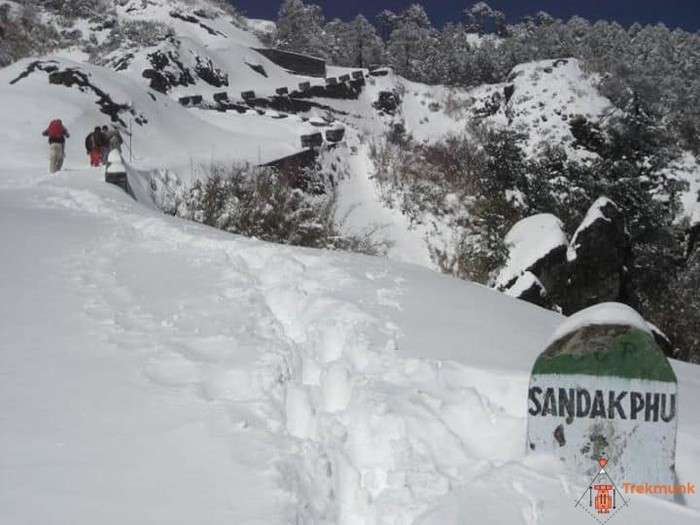
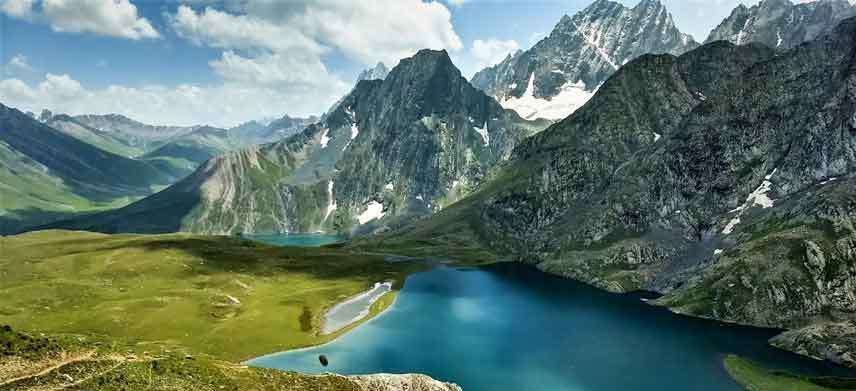
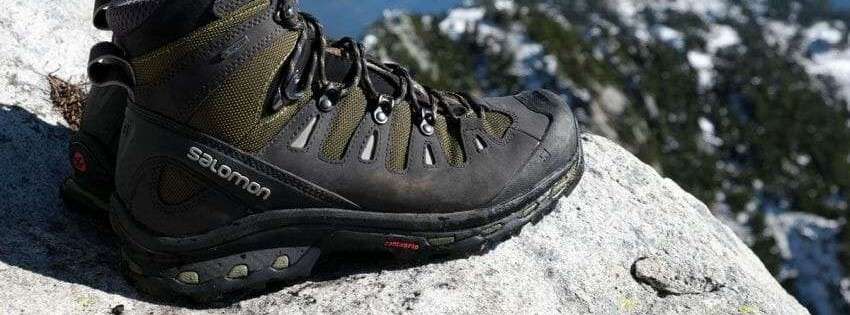
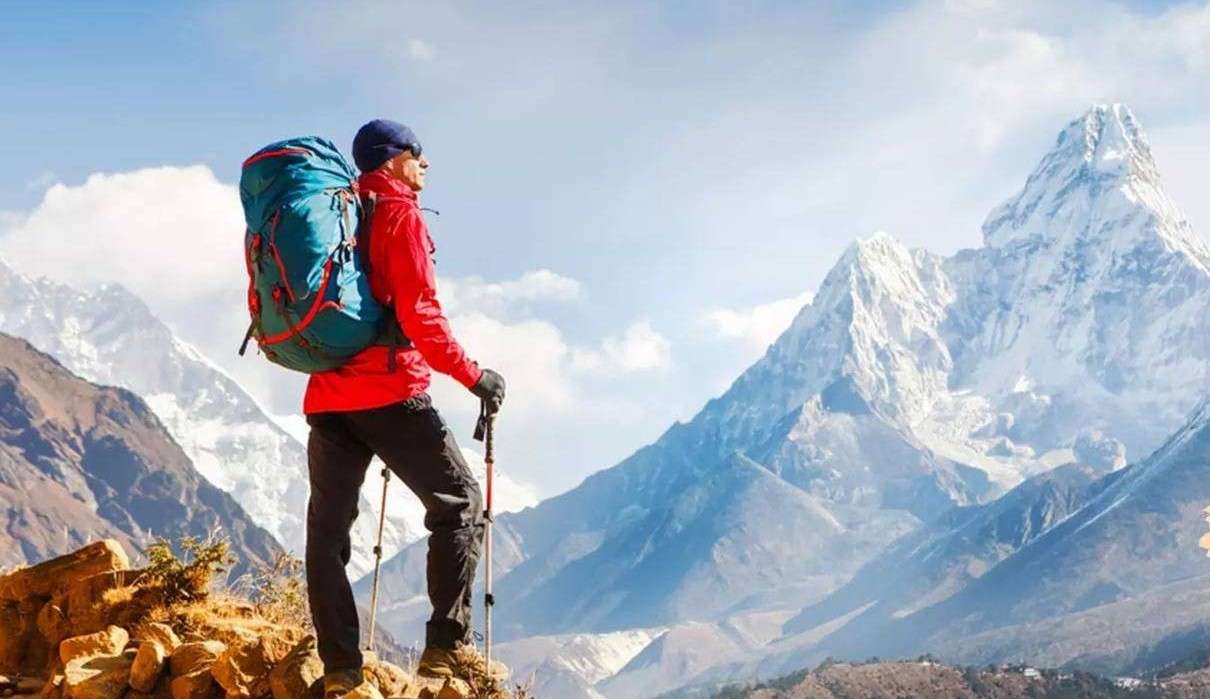
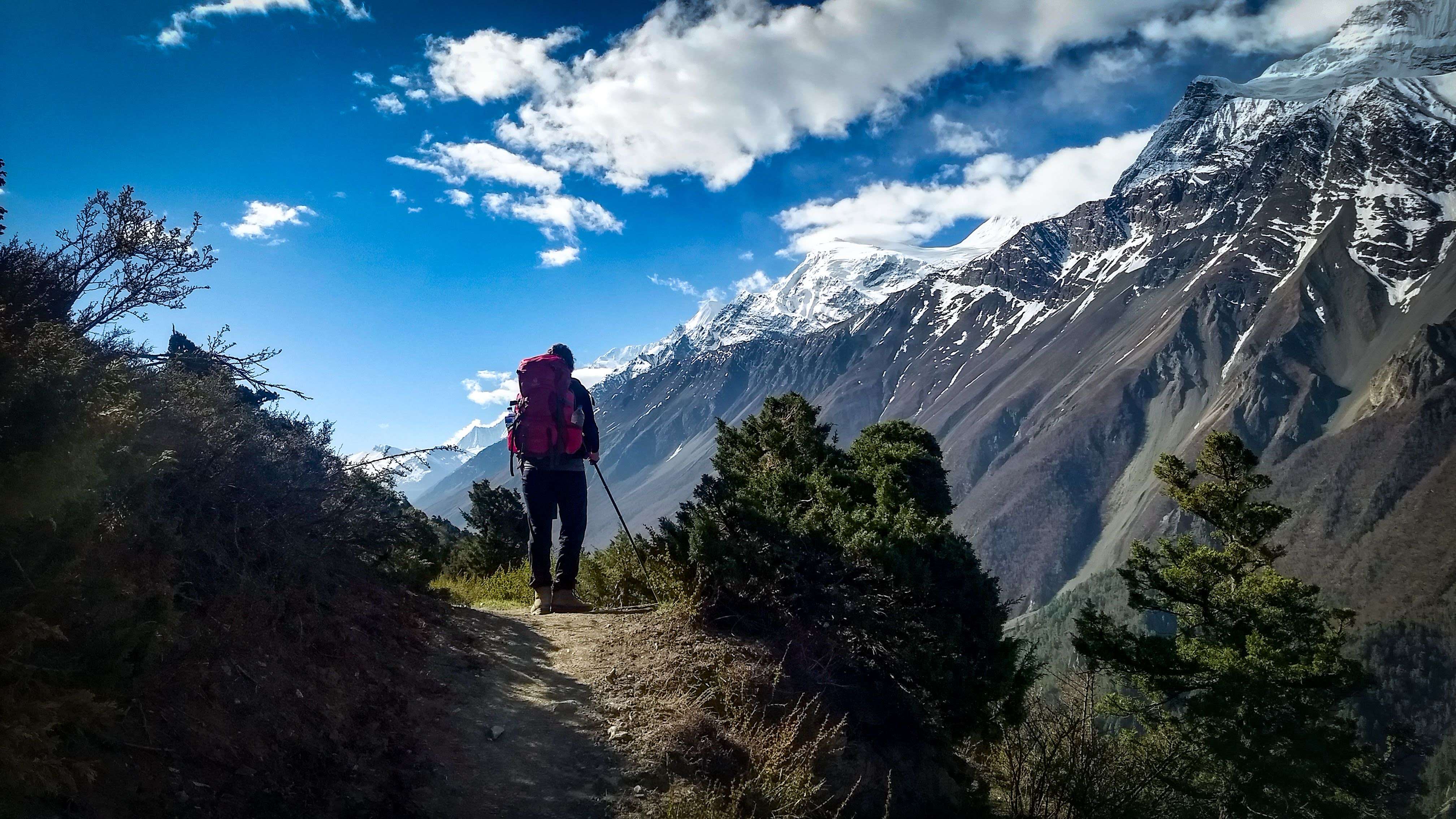
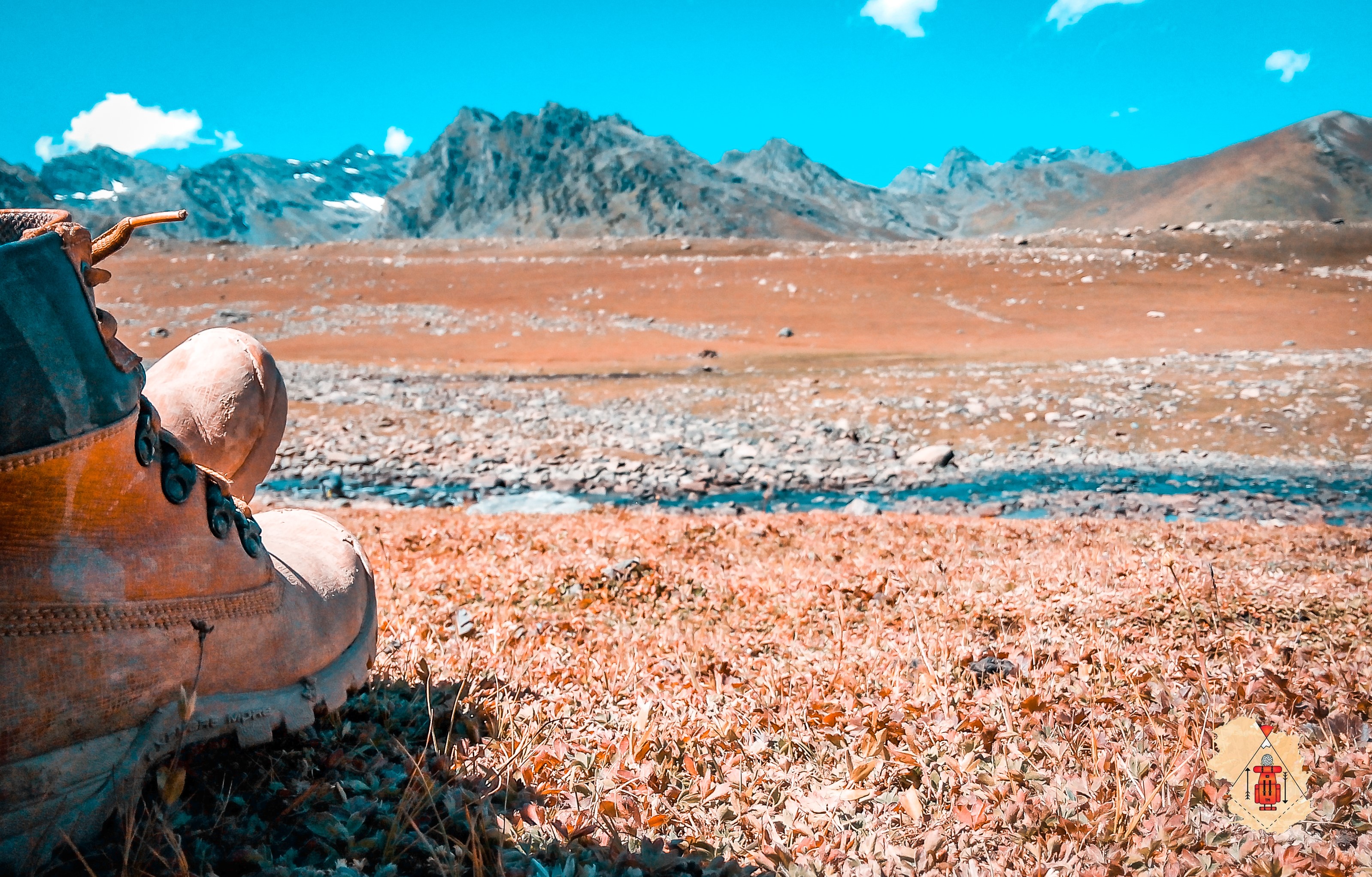
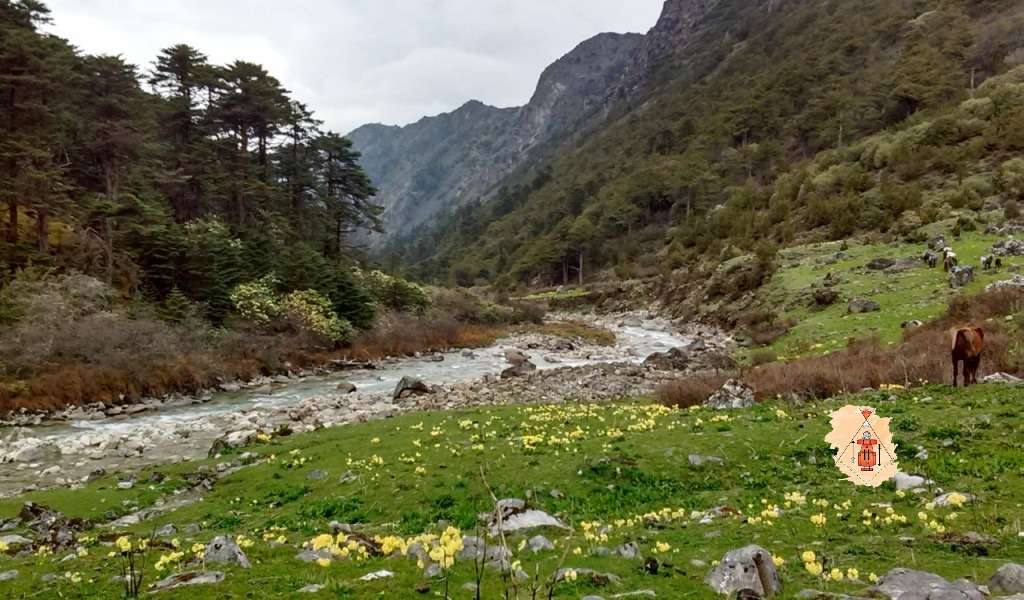
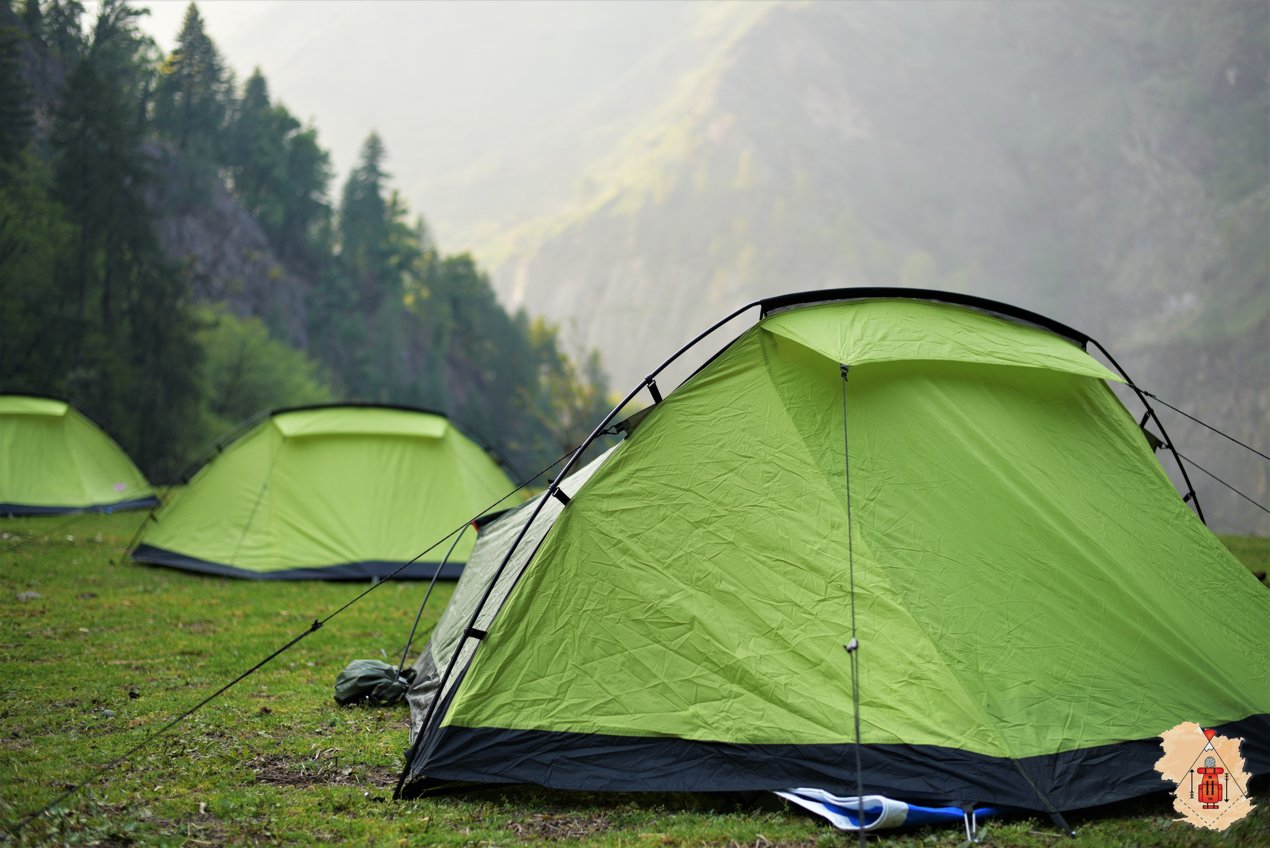
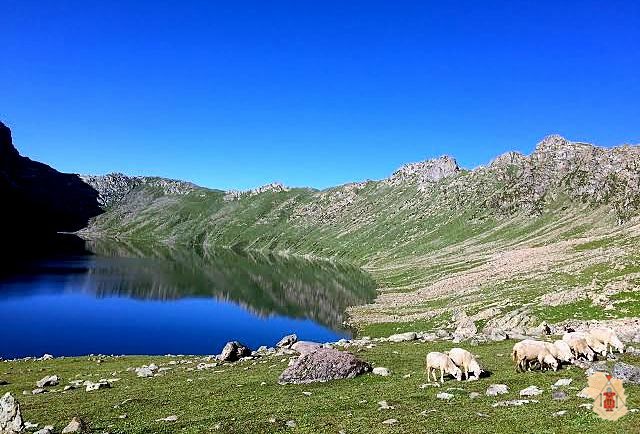
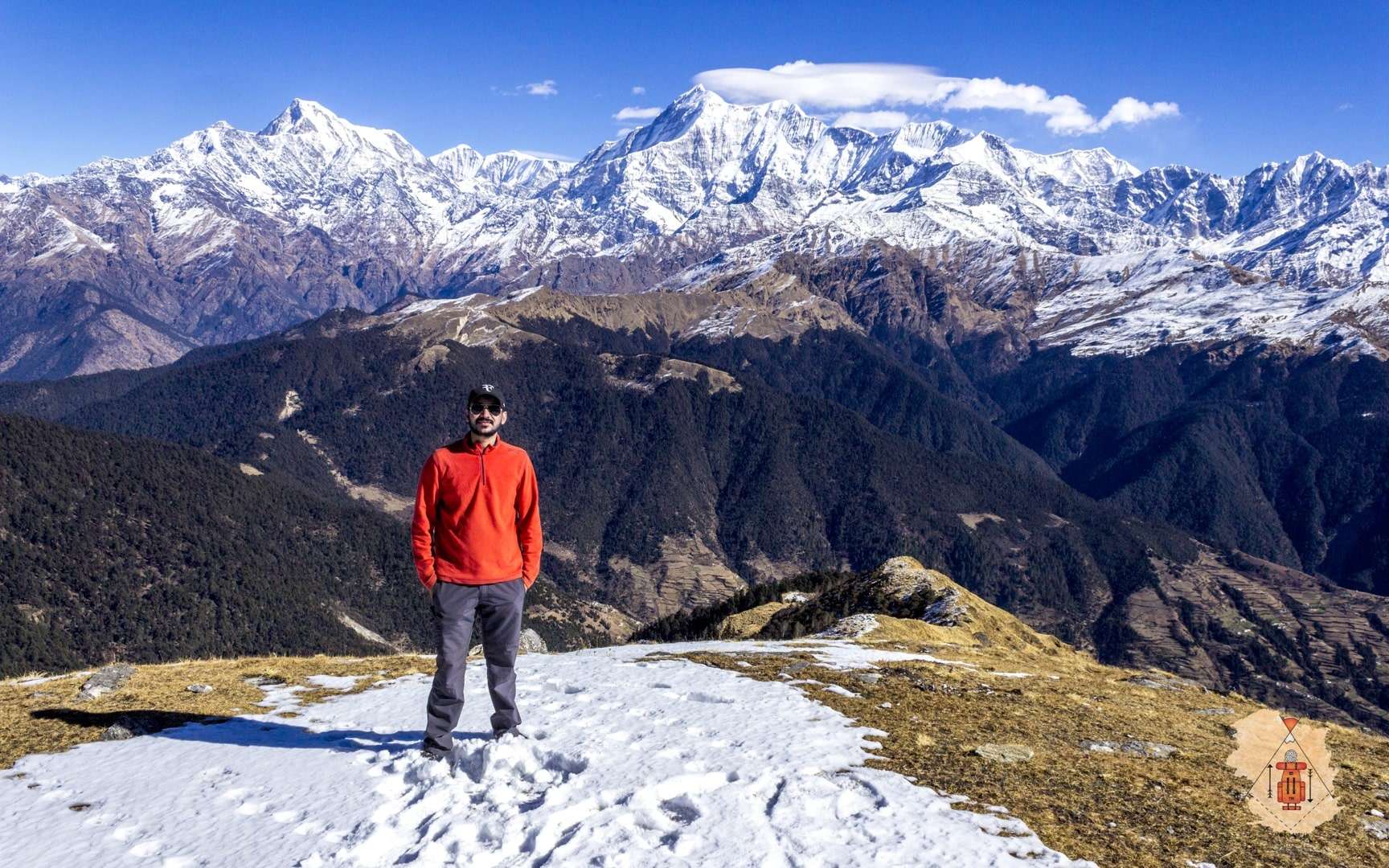
Harshit Patel : Co-Founder at Trekmunk. A certified Mountaineer, Skiier, has led more than 50 high altitude treks in the Indian Himalayas. He is an Engineer by profession but a traveler by passion. He has led treks in Kashmir, Ladakh, Uttarakhand, Himachal Pradesh, West Bengal, Sikkim and Nepal. He is a NOLS certified First Aid Responder and has covered 185,000+ km on Motorcycle. A Poet, Drone Pilot and Videographer at Insane Traveller Productions.